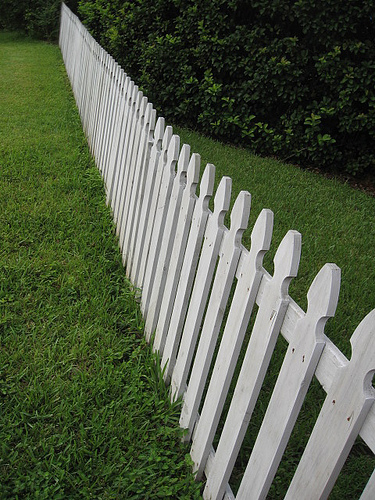Tony and I don’t have children yet, but we will someday. As we sort out our finances and plan for our future, one thing that we’ve discussed is how much we’ll tell our kids about our personal finances.
My parents were always pretty open with my sisters and me about their finances. It could be scary to know as much as I did at times, especially when I was too young to fully understand.
Looking back, I appreciate their openness. It allowed me to learn from their mistakes. If they had kept those things from me, I would have missed some valuable learning experiences. I want to be the kind of parent who teaches my kids from my own mistakes.
Tony’s parents chose a different tactic to teach him about finance. They weren’t as open about their personal financial issues, but they did work hard to teach him general lessons about money management and finance. Tony opened a savings account at a very young age, and even had some experience with loans early on. If he wanted something he couldn’t afford, his parents loaned him the money and allowed him to pay it back with his weekly allowance.
I didn’t get a lot of practical experience with money management skills until I moved out. My parents were very generous when times were good, but we didn’t receive a weekly allowance. When we needed money or wanted something, we simply asked for it. If they could give it to us, they did; if not, we went without (though that was rare).
The current economy has made me think a lot about this topic. How open should you be with kids about personal finance?
I think I’d like to use both tactics. I want to combine age-appropriate openness with practical money management lessons like the ones Tony’s parents taught him.
For instance, I wouldn’t sit my 5-year-old down and say, “Daddy lost his job, so we might be homeless in 8 months when our savings runs out.” But I would explain to him the changes we’d be facing, such as fewer outings and extra purchases.
As my kids get older, I want them to know more — especially when it comes to our own mistakes. If poor investment decisions lead to a loss, I would want my teenage children to understand what we had done wrong and learn from it. I certainly plan to explain to them my own mistakes with student loans and credit cards so they can benefit from the lessons I learned after college.
My point is that I don’t plan to keep our finances a secret from our children. I want them know and understand as much as they can about how much it costs to maintain a house, feed a family, and save wisely. I want them to know how much we make — and spend — in a year.
On the other hand, I acknowledge that the lessons they learn best will come from personal experience. That’s why I’d like to allow my children the opportunity to make their own financial decisions from as early an age as possible. We’ll give them an age-appropriate allowance and let them decide how to use it. When their own money is gone, I won’t give them more unless they plan to pay it back. My hope is that this will better prepare them for budgeting and money management when they’re on their own.
What works for you? Do you believe in full disclosure or do you prefer to stick with a general education?




